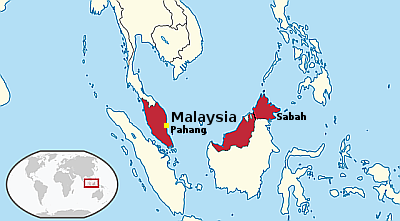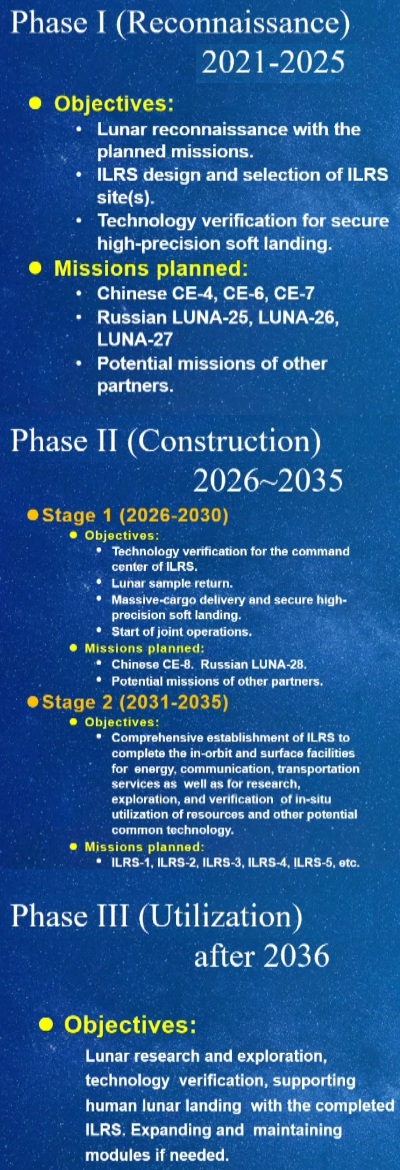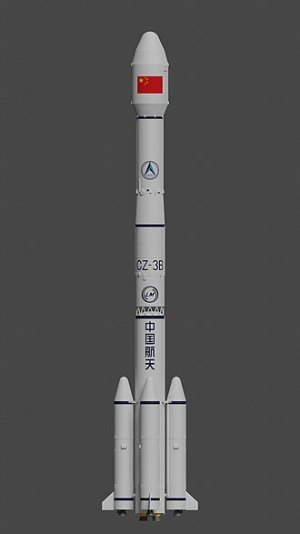A Malaysian state plans spaceport, working in partnership with China

Proposed spaceports in Malaysia
According to an report out of Malaysia yesterday, the Malaysian state of Pahang has initiated a one year study to build a spaceport off its eastern coast near the town of Nensasi, working in partnership with China.
“On April 15, PKNP [Pahang State Development Corporation] signed a letter of intent with China Great Wall Industry Corporation (CGWIC) and Lestari Angkasa Sdn Bhd to establish a strategic collaboration in the space technology sector. “Next month, PKNP and Lestari Angkasa will visit Wenchang Space City in Hainan, China, to hold further discussions on the Pahang International Spaceport project,” he said during the Pahang state assembly session today.
This is the second Malaysian state to propose its own spaceport. In January the eastern state of Sabah began its own study, working in partnership with the Ukraine.
The partnership with China is worrisome for the U.S., as it is very likely that China will arrange use of that spaceport for its own purposes. It will also use its presence there to access and steal any technology brought by other western companies or nations should they launch there as well.

Proposed spaceports in Malaysia
According to an report out of Malaysia yesterday, the Malaysian state of Pahang has initiated a one year study to build a spaceport off its eastern coast near the town of Nensasi, working in partnership with China.
“On April 15, PKNP [Pahang State Development Corporation] signed a letter of intent with China Great Wall Industry Corporation (CGWIC) and Lestari Angkasa Sdn Bhd to establish a strategic collaboration in the space technology sector. “Next month, PKNP and Lestari Angkasa will visit Wenchang Space City in Hainan, China, to hold further discussions on the Pahang International Spaceport project,” he said during the Pahang state assembly session today.
This is the second Malaysian state to propose its own spaceport. In January the eastern state of Sabah began its own study, working in partnership with the Ukraine.
The partnership with China is worrisome for the U.S., as it is very likely that China will arrange use of that spaceport for its own purposes. It will also use its presence there to access and steal any technology brought by other western companies or nations should they launch there as well.


